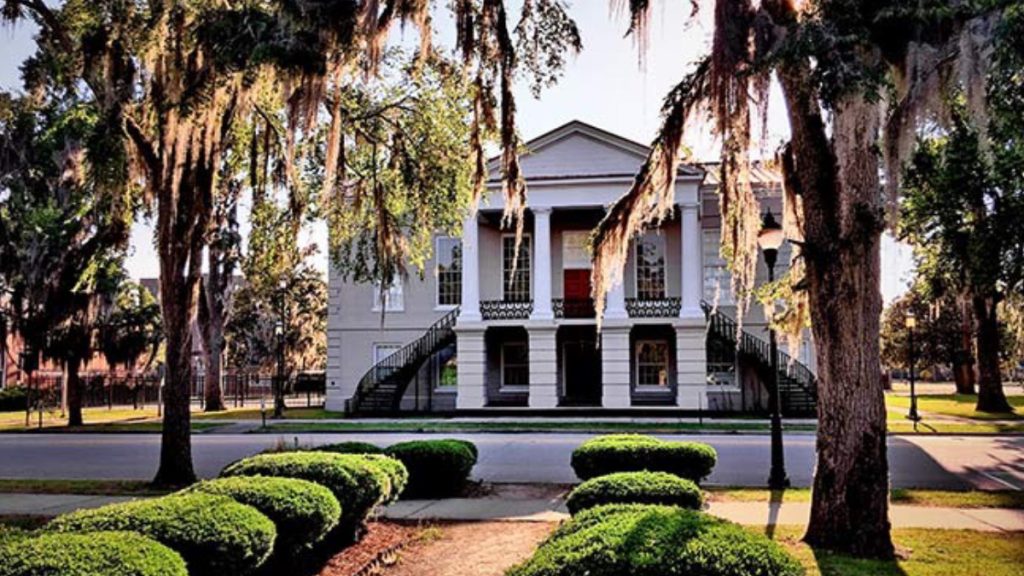South Carolina’s Courthouse Squares: Centers of Justice and Community
Courthouse squares are a defining feature of many South Carolina towns, serving as civic landmarks and social gathering spaces. These architectural and urban design elements have long been at the heart of Southern communities, symbolizing democracy, justice, and local governance. While courthouses are often grand examples of neoclassical or Romanesque Revival architecture, the surrounding squares reflect broader cultural values—offering spaces for markets, public events, and civic discourse.
The Architectural and Civic Role of Courthouse Squares
The concept of the courthouse square dates back to the early settlements of the American South, inspired by English town planning traditions and the colonial grid system. In South Carolina, courthouse squares were designed to be practical and symbolic—central locations where legal, economic, and community activities could converge.
Architecturally, South Carolina courthouses often reflect styles such as Greek Revival, Neoclassical, Beaux-Arts, and Romanesque Revival—all of which emphasize authority, permanence, and order. Many feature grand porticos, clock towers, symmetrical facades, and ornate interiors, reinforcing their role as pillars of justice and governance.
Beyond their judicial functions, courthouse squares were historically places of public gathering. Farmers’ markets, political rallies, and town celebrations often took place within these open spaces, making them focal points of civic engagement. Today, many of these squares continue to host festivals, protests, and community events, maintaining their legacy as dynamic public spaces.
Notable Courthouse Squares in South Carolina
- Abbeville County Courthouse Square One of the most picturesque courthouse squares in the state, Abbeville’s Courthouse Square is a striking example of how architecture and public space shape a town’s identity. The Abbeville County Courthouse, built in 1908 in a grand Beaux-Arts style, dominates the square with its red brick and white columns. Surrounding the courthouse are historic buildings, including the Opera House and the Belmont Inn, making this square a cultural and civic hub.
- Edgefield Courthouse Square The Edgefield County Courthouse, constructed in 1839 and later remodeled in a Greek Revival style, sits at the center of one of South Carolina’s most historically rich courthouse squares. The square has played a crucial role in state history, serving as a gathering place for politicians, attorneys, and community leaders. The surrounding historic district includes buildings from the early 19th century, offering visitors a glimpse into the region’s past.
- Marion County Courthouse Square Marion’s courthouse square, dominated by the Marion County Courthouse, is a prime example of Classical Revival architecture. Built in 1854, the courthouse features grand Ionic columns and a stately pediment. The square has long been a space for markets and community gatherings, reinforcing its judicial and social center role.
- York County Courthouse Square Rock Hill’s York County Courthouse Square balances historic preservation with modern use. While the original 1914 courthouse showcases neoclassical detailing, the square has been revitalized with pedestrian-friendly spaces, seating areas, and event programming, ensuring it remains a central gathering point for the community.
Preserving and Revitalizing Courthouse Squares
While many of South Carolina’s courthouse squares retain their historic charm, some have faced neglect or redevelopment pressures. Preservation efforts led by organizations such as the South Carolina Department of Archives and History and local historical societies have been instrumental in maintaining these spaces as functional and aesthetic landmarks.
Revitalization projects, including streetscape improvements, pedestrian amenities, and adaptive reuse of historic buildings, help bring new life into courthouse squares. Many towns are leveraging their courthouse squares as attractions for heritage tourism, supporting local businesses and fostering a renewed sense of civic pride.
A Legacy of Justice and Community
Courthouse squares are more than just legal centers—they are places where history, culture, and civic life intersect. Their enduring presence in South Carolina towns reminds us of the importance of public spaces in shaping community identity. Whether through architectural grandeur or the everyday interactions they host, these squares remain vital to the fabric of South Carolina’s towns and cities.
For more on this topic, see:
Abbeville County Courthouse Square
Edgefield County Courthouse & Historic District
South Carolina Department of Archives and History
IMAGE

Marion County Courthouse

